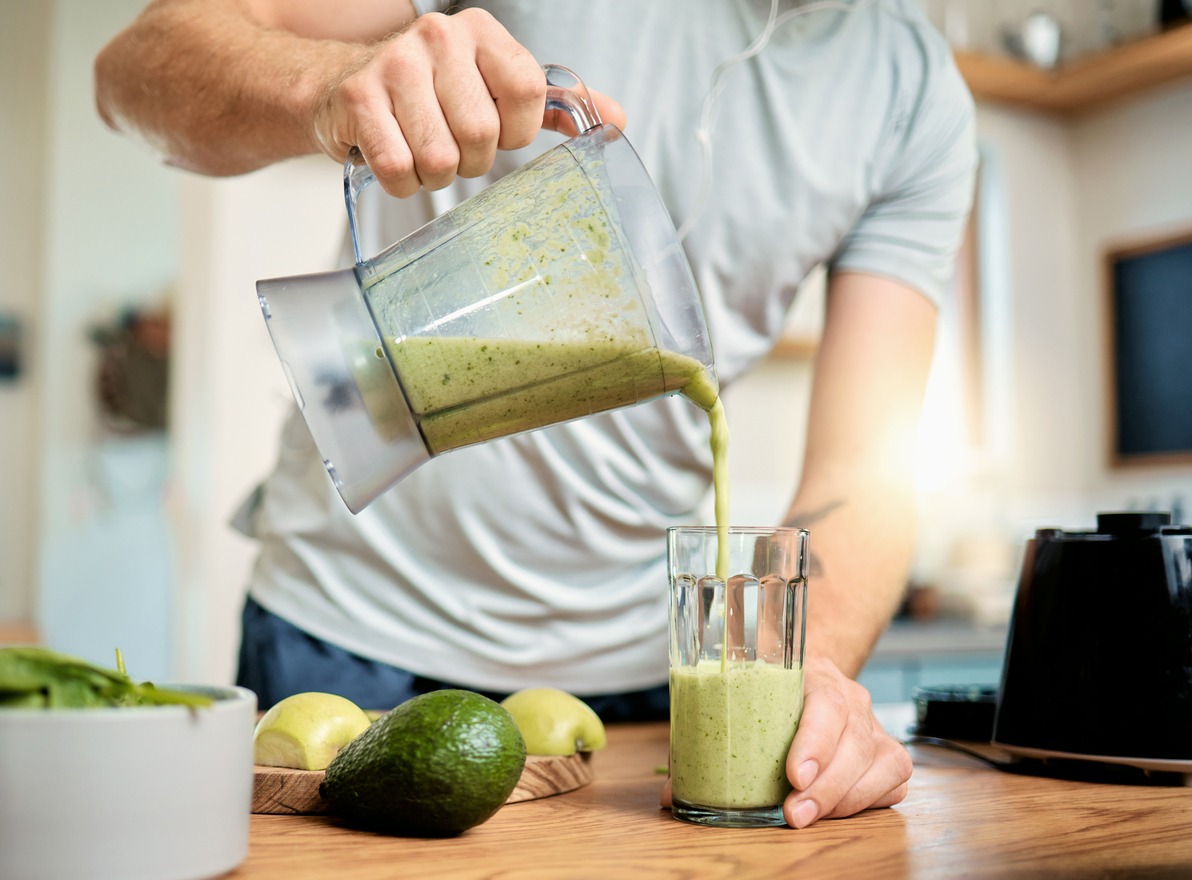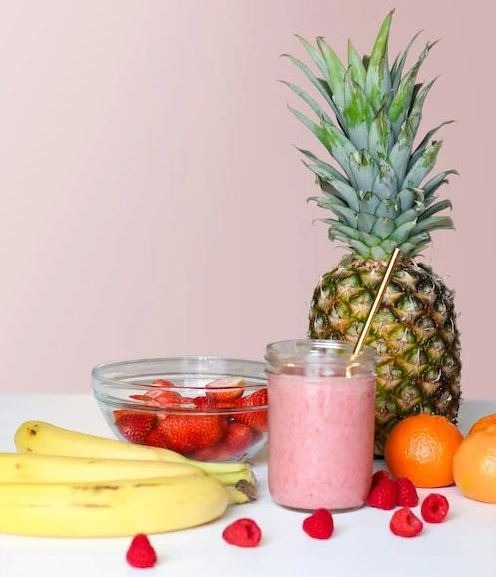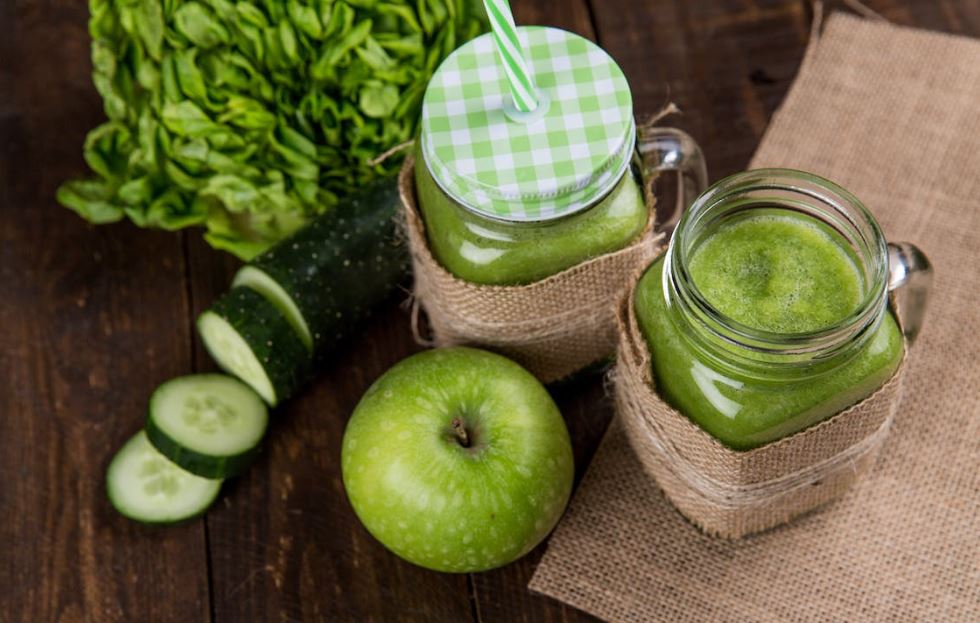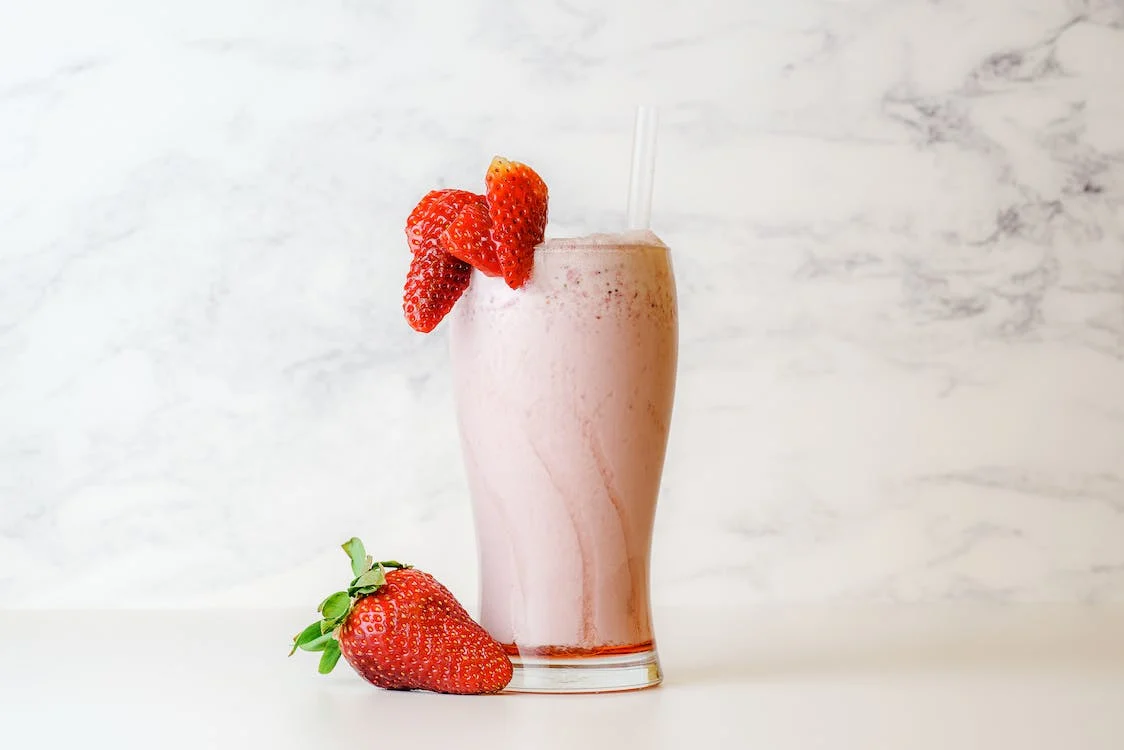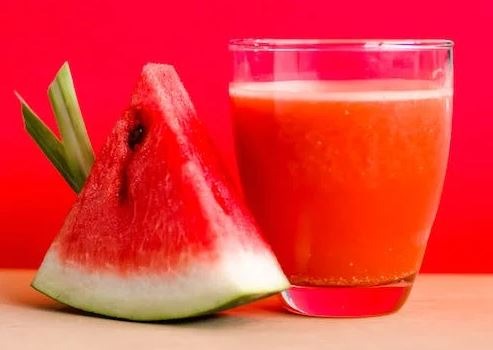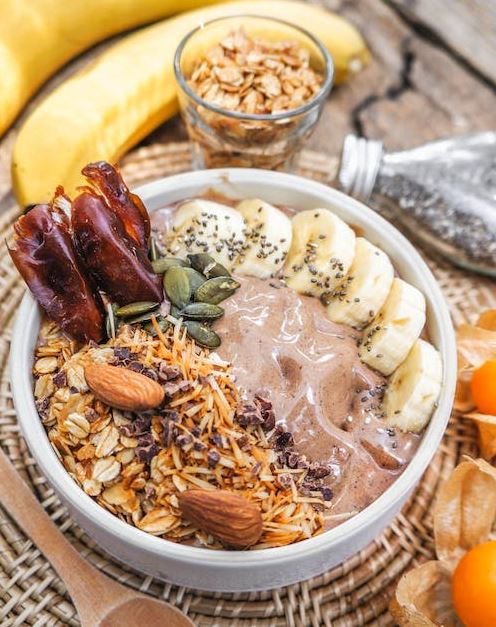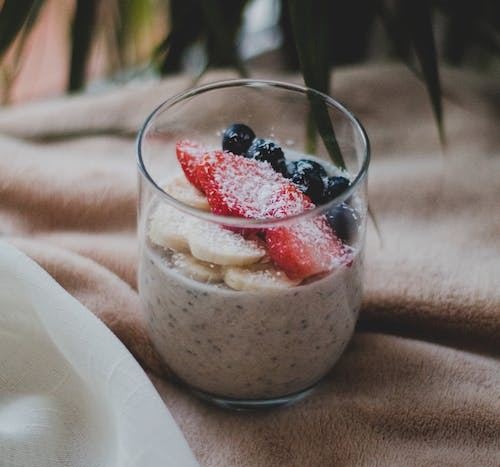Introduction
Smoothies have become popular as a preferred and practical method of getting a range of nutrients in one sitting. They can be a delicious and healthy addition to your diet, offering a variety of health advantages and a quick dinner choice for individuals who are always on the go. Everything you need to know about smoothies—from the fundamentals of their nutritional value to various varieties and smoothie bowls—will be covered in this guide. This article will give you useful advice and suggestions to make the ideal smoothie for your needs, whether you are a new blender or an experienced master. So let’s get started and learn everything about smoothies and about berries as an ingredient.
History
Although they originally were not called smoothies, smoothies have existed for thousands of years. Early civilizations like the Mayans and the Aztecs utilized stone grinders to combine fruits and vegetables with water or juice and came up with the idea of mixing them together to make a drinkable mixture.
The first electric blender was created in the 1920s, which simplified and improved the process of blending ingredients. Smoothies did not, however, become widely consumed in the United States until the 1960s and 1970s, in part because of the health food movement.
As a result of his lactose allergy, Smoothie King founder Steve Kuhnau produced his first smoothie in 1973. The smoothie was created when he combined fruit, ice, and protein powder.
Since then, smoothies have gained popularity as a trend in healthy eating, and many people use them as a way to increase their intake of fruits and vegetables. Around the globe, smoothie cafes and juice bars have popped up, offering a wide range of smoothie tastes and combinations.
Benefits of Drinking Smoothies
How could you go wrong by creating a delightful drink from fresh, delicious, nutritious ingredients? We all agree that smoothies are a tasty and convenient option, but in recent years, their acceptance as a healthy meal option has expanded as well.
What are the real advantages of consuming healthy smoothies, then? Here are some of the benefits of drinking a nutritious smoothie right now, including how it can aid in weight loss and increase brain function.
Help you lose weight
Smoothies made with healthy ingredients could be the key to losing weight and keeping it off. Smoothies provide the essential raw fruits and vegetables that make up any diet. To keep calories low and flavor high, try drinking green smoothies that include at least 50% vegetables. By adding a small amount of matcha green tea powder for extra style, you can significantly boost the flavor of your green smoothie.
Prevents dehydration
A smoothie is a great way to prevent dehydration. Your smoothie’s liquid portion will keep you hydrated, but the electrolytes it contains, which are present in many fruits and vegetables, will also help keep your body in balance. Choose a smoothie with coconut water, unsweetened almond milk, or watermelon for the maximum health advantages.
Makes you feel full
Do you experience hunger in between meals? The next time you start to feel a hunger for a snack, grab a nutritious smoothie. Smoothies are stuffed with fiber and roughage, which will help keep off hunger cravings. A high-protein smoothie recipe, such as one with nut butter or protein powder included, will also help keep bellies from growling.
Controls cravings
Do you have a sweet tooth that won’t go away? Do you frequently daydream about dangerous deserts? Try fruit smoothies the next time you find yourself drawn to sugary or unhealthy treats. Fruit smoothies can provide you with a natural energy boost that will help you resist cravings and maintain your weight loss goals. Try a chocolate peanut butter smoothie made with coconut milk, cocoa powder, frozen banana, protein powder, and peanut butter if you’re looking for something even more indulgent.
Aid in digestion
Having issues with your stomach? The digestive tract can benefit greatly from a nutritious smoothie. Smoothies have a lot of fiber because they are created with whole fruits and vegetables, which is one of the key factors in digestive health. Smoothies also have the advantage of being liquid when they reach your stomach, which means that your body won’t have to work as hard to break it down. A nutritious breakfast smoothie made with a variety of fresh and frozen fruits and vegetables will help you get your day off to a good start.
Source of antioxidants
Do you need a boost in antioxidants? Natural antioxidants, such as Vitamin A, are abundant in many popular smoothie recipes and can aid you in the battle against free radicals. Add berries, kiwis, and spinach to your smoothie. Even better, add an antioxidant booster like kale or raw cocoa powder to the mix.
Enhances immunity
Natural immune boosters include fruits and vegetables, especially those that are rich in vitamins A and C. Your immune system will benefit from a nutritious smoothie recipe that includes fruit a source like citrus fruits, strawberries, and pineapple this cold and flu season.
Curbs sleep disorder
Do you have a misaligned circadian rhythm? Can’t get 40 hours of sleep? The melatonin in your diet may be deficient if you have trouble falling asleep at night. A hormone called melatonin controls the cycle of sleep and waking hours. Milk, kiwi fruit, and nut butter are a few examples of foods that typically include it. To get your body back in balance so you can get your well-earned beauty sleep, a smoothie packed with these ingredients may be just what you need.
Improves skin
Who doesn’t want to shine beautifully, no matter what their skin tone? There is evidence to suggest that the pigment in fruit and vegetable colors gives skin a natural glow. To experience the difference for yourself, try a smoothie made with colorful fruit and vegetables like pineapple or strawberries and bananas.
Provides liquid food benefits
There are a lot of reasons you might want to think about eating liquid foods. A nutritious smoothie will help you flush out your body while still giving you all the vital nutrients you require, whether you are on a liquid food diet, recovering from surgery, or suffering from other ailments.
Detoxifies the body
Are you trying to cleanse your body and detox? A nutritious smoothie, especially one that is plant-based or green, can do wonders for your body by deep-cleaning it. Grab a smoothie with components like spirulina or wheatgrass that have been known to aid with cleansing.
Body brain power
Trying to overcome mental fog? Having trouble focusing? Fruits like blueberries and pomegranates include antioxidants and natural sugars that are excellent for enhancing mental focus. These fruits have even been suggested as potential treatments for neurological diseases like Alzheimer’s and dementia because they contain high concentrations of specific types of antioxidants (called anthocyanins). The next time you struggle to focus, make a healthy smoothie with brain-boosting ingredients to help clear the fog.
Controls mood swings
Even the greatest of us can be defeated by mood swings. A balanced lifestyle is essential for naturally reducing mood swings. Making healthy choices, such as giving up caffeine, alcohol, and tobacco, as well as getting enough exercise, is essential for preventing mood swings.
Try substituting a healthy smoothie for your afternoon beverage or morning coffee to stay away from the bad guys. By consuming less added sugar and caffeine, you’ll also be keeping your mood in check due to the natural vitamins and nutrients in your healthy smoothie.
Fights depression
We frequently ignore the connection between a balanced diet and mental wellness. Fruits and vegetables contain vitamins, minerals, micronutrients, and macronutrients that are essential for both physical and mental wellness.
Your mental health may suffer if your diet is deficient in any of these components, which could result in illnesses like sadness and anxiety. To improve your mental equilibrium, take care of yourself and include a daily smoothie in your diet.
Supplies calcium
Calcium is important not just for the growth of bones and teeth but also for healthy muscle function. A smoothie’s liquid and solid components can both be excellent sources of calcium.
Grab a nutritious smoothie that is created with a nut milk base, such as coconut milk or almond milk, to get your recommended daily intake of calcium.
Check the growth of carcinogens
Carcinogens are harmful compounds that encourage the development of cancer (carcinogenesis). One approach to avoid cancer and keep carcinogens under control is to manage your diet.
You can accomplish this by eating a nutritious, balanced diet that is high in fruits and vegetables. Start reducing the growth of carcinogens by including more fruit and vegetables in your diet with a nutritious smoothie.
Provides a good amount of fiber
Smoothies are created by combining whole fruit and vegetables into a beverage, as opposed to fresh fruit juices. This indicates that the finished beverage contains all of the fiber from the whole fruits and vegetables.
For instance, each serving of a Pure Green Smoothie contains a staggering 7 grams of fiber.
Improves bone health
Do you worry about getting osteoporosis? Another 40 million are thought to be at risk, with an estimated 10 million Americans now suffering from osteoporosis. Bones that have osteoporosis are more prone to breaking and fractures because they are weak and brittle.
Your bone health depends on calcium, the primary component of strong bones, and vitamin D, which helps the body absorb calcium. While the majority of the vitamin D our bodies need comes from sunlight, you can get your calcium from a smoothie packed with healthy ingredients like kale, almonds, chia seeds, and yogurt.
Prevents heart disorder
The main cause of death in America is heart disease. A key factor in the battle against cardiovascular disease is your nutrition. Increase your intake of fruit, vegetables, nuts, and whole grains, according to physicians, to lower your risk of stroke and high blood pressure. Fill a smoothie with these organic ingredients to maintain a heart-healthy diet.
Keeps blood sugar in check
A smoothie might be the best option if you or a loved one are having trouble controlling your blood sugar levels or managing diabetes. Low Glycemic Index (Low GI) ingredients release sugar into the blood more gradually and are less likely to cause a blood sugar rise. Mangoes, oranges, and plain yogurt are common Low GI components for smoothies.
Reduce chances of cancer
Your chance of developing cancer may increase if you eat high-fat, low-fiber meals and beverages. Sugary beverages like sodas and milkshakes might act as covert offenders.
These beverages frequently contain plenty of harmful ingredients that are disguised, including syrups, colorants, preservatives, preservatives, added sugars, and artificial flavorings. Choose a fresh, healthy smoothie that you can make at home or at a nearby juice bar instead.
There is no room for hidden toxins to hide because you know exactly what goes into these blends!
Balances hormonal functioning
Want to naturally regulate your hormones? A nutritious smoothie is a great place to start because it doesn’t have any extra sugar to mess with your hormones. Try one with avocado or other beneficial fats like cashew or nut butter. These will support hormonal balancing and maintain your sense of center.
Better option than juice
A delightful and revitalizing alternative is juice, especially cold-pressed juice. The smoothie department of your grocery store or juice bar, on the other hand, is a must-visit if you’re searching for something with a little more body.
The ability to completely customize smoothies is an additional benefit. You can customize and perfect them to your preferences or pick one of our tried-and-true superfood smoothie blends to try for yourself.
Common Ingredients Used in Making Smoothies
- Fruits – The most common ingredient in smoothies is fruit, either fresh or frozen. Bananas, berries (such as strawberries, blueberries, and raspberries), mangoes, pineapples, and peaches are among the most widely consumed fruits.
- Vegetables – Smoothies frequently have vegetables added to them to make them more nutrient-dense. Spinach, kale, cucumbers, and carrots are among the widely consumed veggies.
- Yogurt – Smoothies are made creamier and tangier with yogurt, which also adds protein and probiotics. Due to its thicker consistency and increased protein content, Greek yogurt is a preferred option.
- Milk – Smoothies are made creamier and sweeter with milk, which also supplies calcium and protein. You can use any kind of milk you like, including dairy, almond, soy, and others.
- Nut butter – Smoothies gain creaminess and flavor from nut butter like peanut or almond butter. They are a wonderful source of protein and beneficial fats as well.
- Protein powder – Smoothies frequently contain more protein when protein powder is added. Whey, soy, and pea protein are just a few of the various varieties of protein powders that are produced.
- Sweetener – Smoothies can be sweetened by sweeteners such as honey, maple syrup, and agave nectar. However, you might want to avoid adding sweeteners if you’re attempting to cut back on your sugar intake.
- Ice – Smoothies become thicker and colder when ice is added to them. To get the same result, you can also use frozen fruit instead of ice.
- Seeds – For additional nutrients and fiber, smoothies can benefit from the addition of chia, flax, and hemp seeds.
- Spices – Smoothies can be enhanced in flavor and benefit from the addition of spices like cinnamon, nutmeg, and ginger.
How to Make a Smoothie
There are various types of blenders available in the market today that you can use to make delicious smoothies. You can view the graphic below to learn more about them:
- Make a liquid base first. Water, coconut water, milk (including dairy-free options like almond milk), kefir, or juice are a great way to start. There are two reasons why adding the liquid first is important. Any powders you may like to add will dissolve in the liquid, which serves as a solvent. Moreover, as soon as the blender is turned on, the liquid will readily and quickly pass through the blades, drawing in other components for chopping. Pour enough liquid into the blender to fill it halfway if you’re using one designed for smoothies.
- Add powders or sweeteners. If you want to avoid items sticking to the blender’s edges, add sticky ingredients like honey or maple syrup to the liquid. In order for them to dissolve in the liquid, you can also add powdery components like sugar, cocoa powder, fiber or protein powder, chia seeds, bee pollen, or spices (like cinnamon or turmeric). Protein powder chunks are not wanted in smoothies! Stir the mixture briefly.
- Put some new, lush greens in. A nutritious green smoothie can be made using ruffage like kale, spinach, or even fresh herbs like parsley or mint. However, because they might be difficult to fully include, placing greens close to the blade ensures they are pureed to perfectly. To mix them with the liquid if they are particularly green, give the smoothie a quick preliminary combine before adding other ingredients.
- Before adding the frozen components, add the other ingredients. Add the remaining ingredients, ending with any frozen ones, to the blender cup now (frozen veggies, frozen fruits, or ice cubes). The frozen components will make the mixture heavier and aid in its bottom-to-top mixing.
There are various types of blenders available in the market today that you can use to make delicious smoothies. You can view the graphic below to learn more about them:
Types of Smoothies
- Fruit smoothies – The most popular kind of smoothie is a fruit smoothie, which is produced by combining yogurt, milk, ice, and fresh or frozen fruits. Honey or other sweeteners are frequently used to sweeten them.
- Green smoothies – Fresh or frozen greens, including spinach or kale, are combined with fruits and other ingredients to make green smoothies. They frequently have high fiber, vitamin, and mineral content.
- Protein smoothies – Protein powder, milk, and fruits or vegetables are combined to make protein smoothies. They are frequently ingested following exercises to promote muscle growth and speed up recovery.
- Meal replacement smoothies – Smoothies that serve as meal substitutes are meant to take the place of a meal, usually breakfast. Protein powder, fruits, vegetables, and other components that offer a balanced combination of nutrients are frequently used to make them.
- Detox smoothies – Fruits, vegetables, and other components that are considered to assist the body get rid of toxins are combined to make detox smoothies. They frequently contain ingredients like parsley, lemon, and ginger.
- Smoothie bowls – Smoothie bowls are thicker smoothies that are topped with a range of ingredients, including granola, nuts, and fruits, and served in a bowl. They are frequently consumed as a nutritious breakfast food or as a snack.
- Dairy-free smoothies – Smoothies produced without dairy products like milk or yogurt are frequently made with substitute milk like almond or coconut. If you are lactose intolerant or on a vegan diet, these are good options.
- Avocado smoothies – Avocado, milk, and sweeteners like honey or agave nectar are the main ingredients in avocado smoothies. Because of the beneficial fats in avocado, they are frequently creamy and satisfying.
Smoothie Recipes
Fruit smoothies
- 1 cup frozen mixed berries
- 1 banana
- 1/2 cup vanilla Greek yogurt
- 1/2 cup milk
- 1 tsp honey
Green smoothies
- 2 cups fresh spinach
- 1 banana
- 1/2 avocado
- 1/2 cup almond milk
- 1 tbsp honey
Protein smoothies
- 1 cup frozen strawberries
- 1 scoop vanilla protein powder
- 1/2 cup Greek yogurt
- 1/2 cup milk
- 1 tsp honey
Meal replacement smoothies
- 1 banana
- 1/2 cup frozen berries
- 1/2 cup Greek yogurt
- 1/2 cup spinach
- 1/2 cup milk or almond milk
- 1 scoop vanilla protein powder
- 1 tbsp chia seeds
- 1 tbsp honey
Detox smoothies
- 1/2 cup fresh or frozen blueberries
- 1/2 cup fresh or frozen pineapple
- 1/2 cup fresh spinach
- 1/2 inch ginger root, peeled and grated
- 1/2 lemon, juiced
- 1/2 cup water or coconut water
- 1 tsp honey (optional)
Smoothie bowls
- 1 cup frozen mixed berries
- 1 banana
- 1/2 cup Greek yogurt
- 1/4 cup almond milk
- 1 tbsp honey
- Toppings of your choice (e.g., granola, fresh fruit, nuts, seeds, coconut flakes, etc.)
Dairy-free smoothie
- 1 cup frozen mixed berries
- 1 banana
- 1/2 cup unsweetened almond milk
- 1/2 cup coconut water
- 1 tbsp chia seeds
- 1 tbsp honey (optional)
Avocado smoothies
- 1 ripe avocado, pitted and peeled
- 1 banana
- 1 cup spinach
- 1/2 cup almond milk
- 1/2 cup Greek yogurt
- 1 tbsp honey
- 1/2 lime, juiced
Conclusion
Smoothies are a popular and adaptable beverage that can be had for breakfast, as a snack, or as a beverage to help you recover from an exercise session. They are simple to prepare, very nourishing, and adaptable to whatever you like. Various ingredients, such as fruits, vegetables, yogurt, milk, protein powder, and others, can be used to make smoothies. Fruit smoothies, green smoothies, protein smoothies, and meal replacement smoothies are a few popular varieties of smoothies.
It’s important to use high-quality products and to stay away from using excess sugar or other unhealthy additives while creating smoothies. To develop your own original smoothie recipes, try various ingredient combinations. Smoothies can be consumed by themselves or as a smoothie bowl with added toppings like fruits, nuts, and other ingredients.

